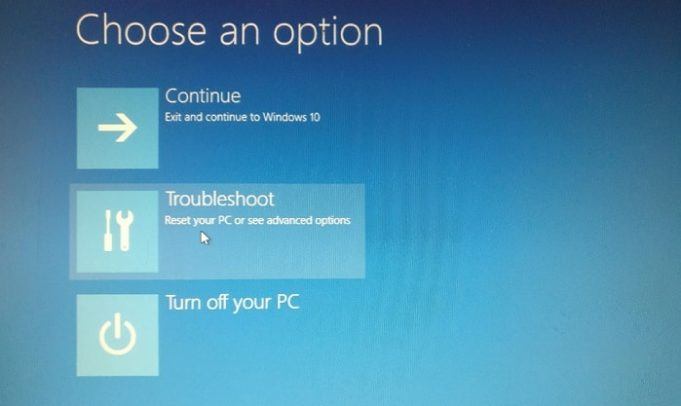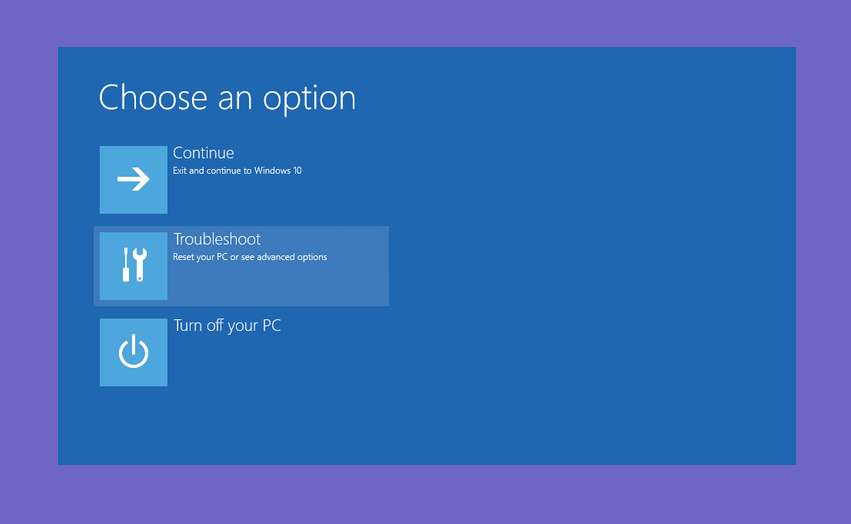


Now, type the following command and hit the Enter from the keyboard:- bcdedit /set testsigning on Open an administrative Command Prompt window. To disable Driver Signature Enforcement on Windows 11 or 10 by Enabling Test Signing Mode, do the following:.

This method is applicable for those computers where the Secure Boot function is disabled on UEFI. To enable this feature again, you need to execute the following command in the administrative command prompt window:- bcdedit.exe /set nointegritychecks off How to Disable Driver Signature Enforcement on Windows 11 or 10 by Enabling Test Signing Mode? Driver signature enforcement on your Windows device is disabled now. Then, type the following command and then hit the Enter key on the keyboard:- bcdedit.exe /set nointegritychecks on Very first, launch an elevated Command Prompt. To turn off Driver Signature Enforcement on Windows 11 or 10 through Command Prompt, use these steps:. This method is only valid when UEFI’s Secure Boot function is disabled. Advertisements How to Disable Driver Signature Enforcement on Windows 11 or 10 through Command Prompt? You can now install unsigned drivers on your Windows system. Your PC will restart with driver signature enforcement disabled when you’re done. Press the number 7 key on the keyboard to activate the “ Disable driver signature enforcement” option. After that, you will see the “ Startup Settings” on your screen. Next, click the Restart button to reboot your PC. Under the “ Advanced Options,” select Startup Settings. Your Windows machine will reboot with “ Advanced Options.” Select the Troubleshoot tile in the list. First, click the Start button on the taskbar, hold down Shift button and then click the Power button. If you want to disable Driver Signature Enforcement on Windows 11 or 10 using Advanced Boot Menu, do the following steps:. How to Disable Driver Signature Enforcement on Windows 11 or 10 by Enabling Test Signing Mode? How to Turn Off Driver Signature Enforcement on Windows 11 or 10 using Advanced Boot Menu?


 0 kommentar(er)
0 kommentar(er)
